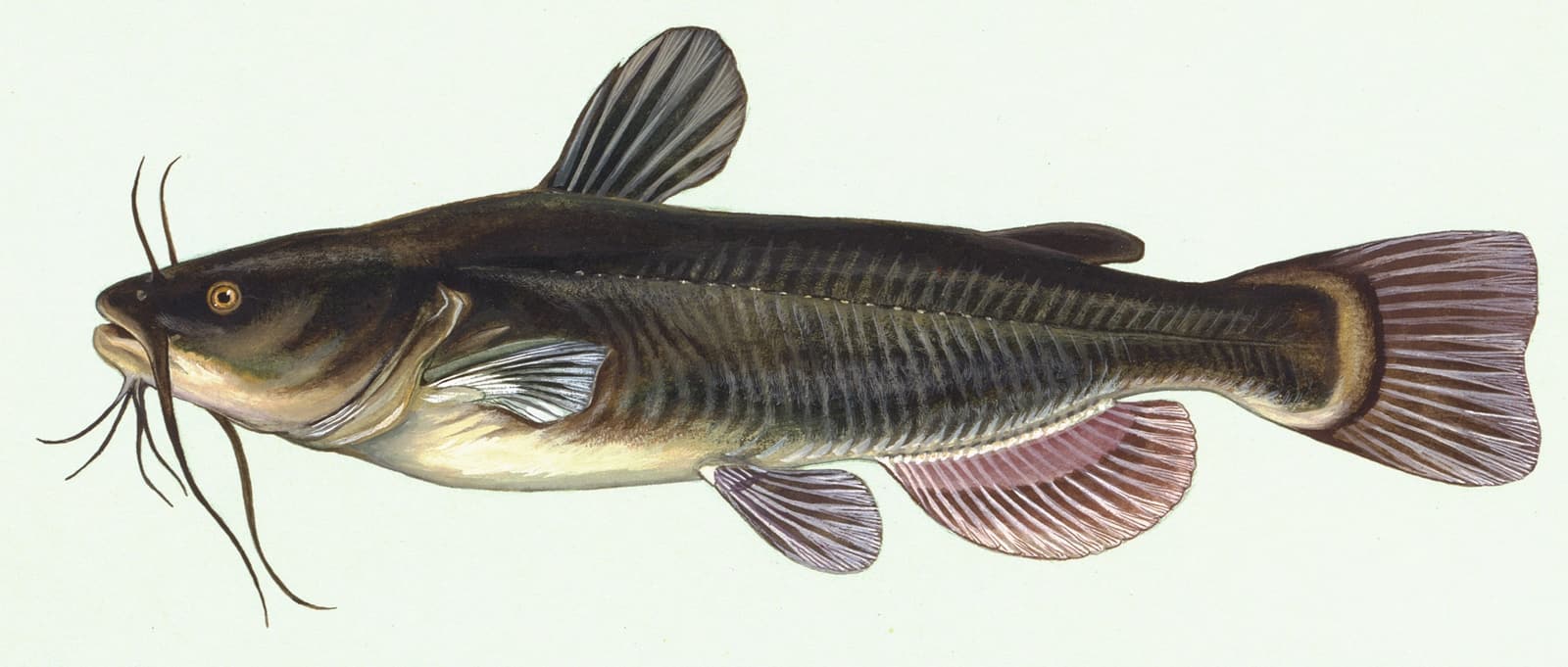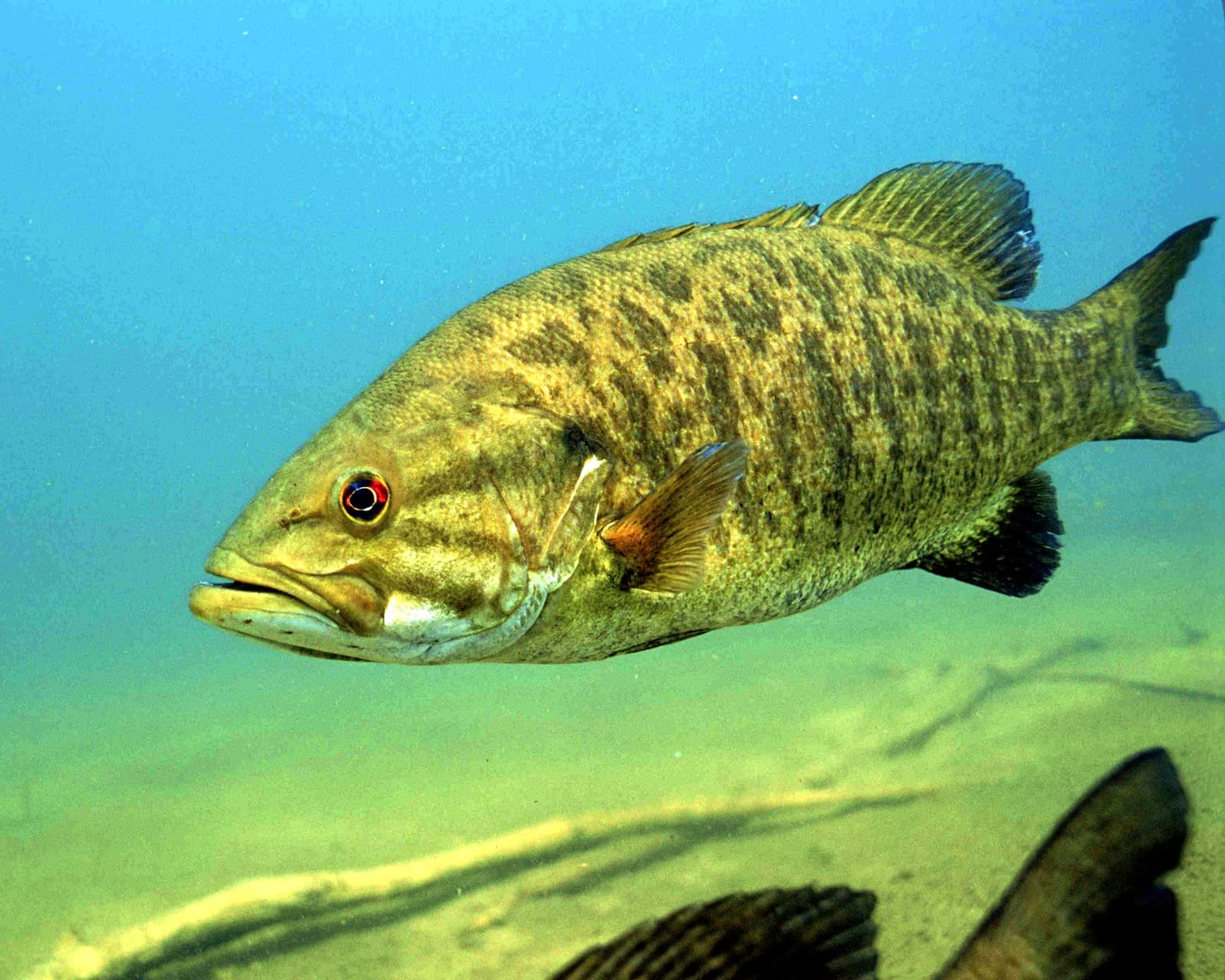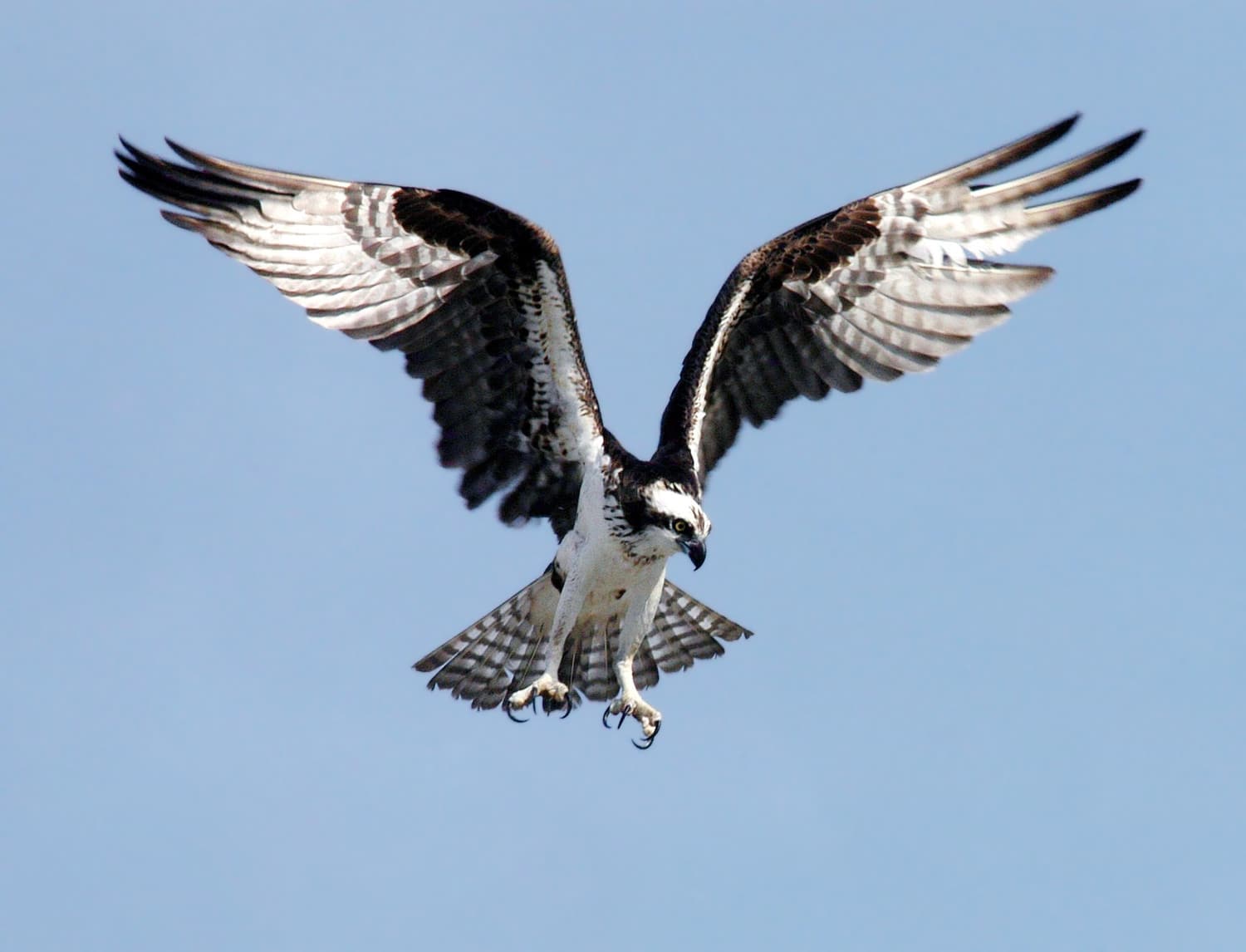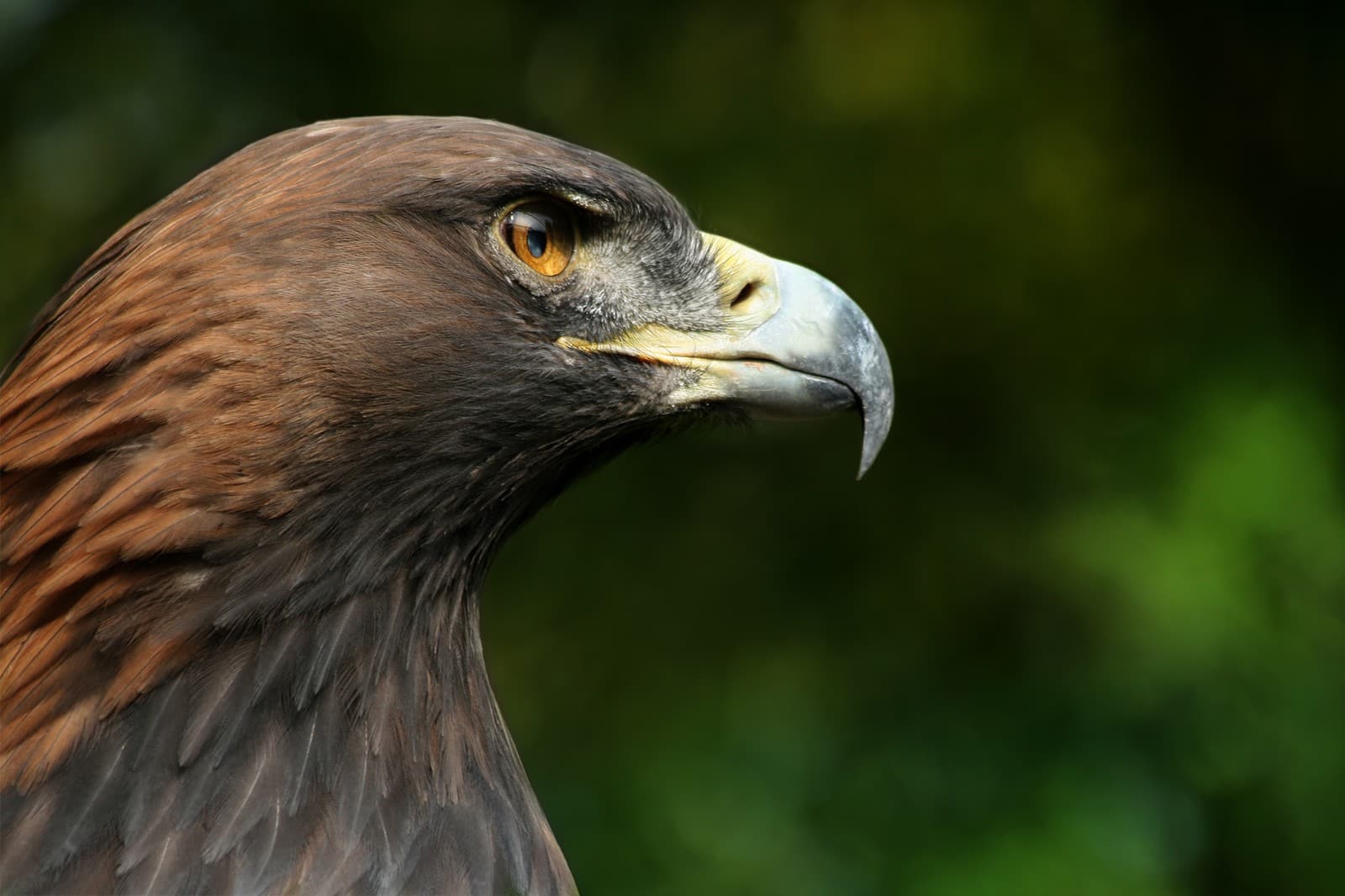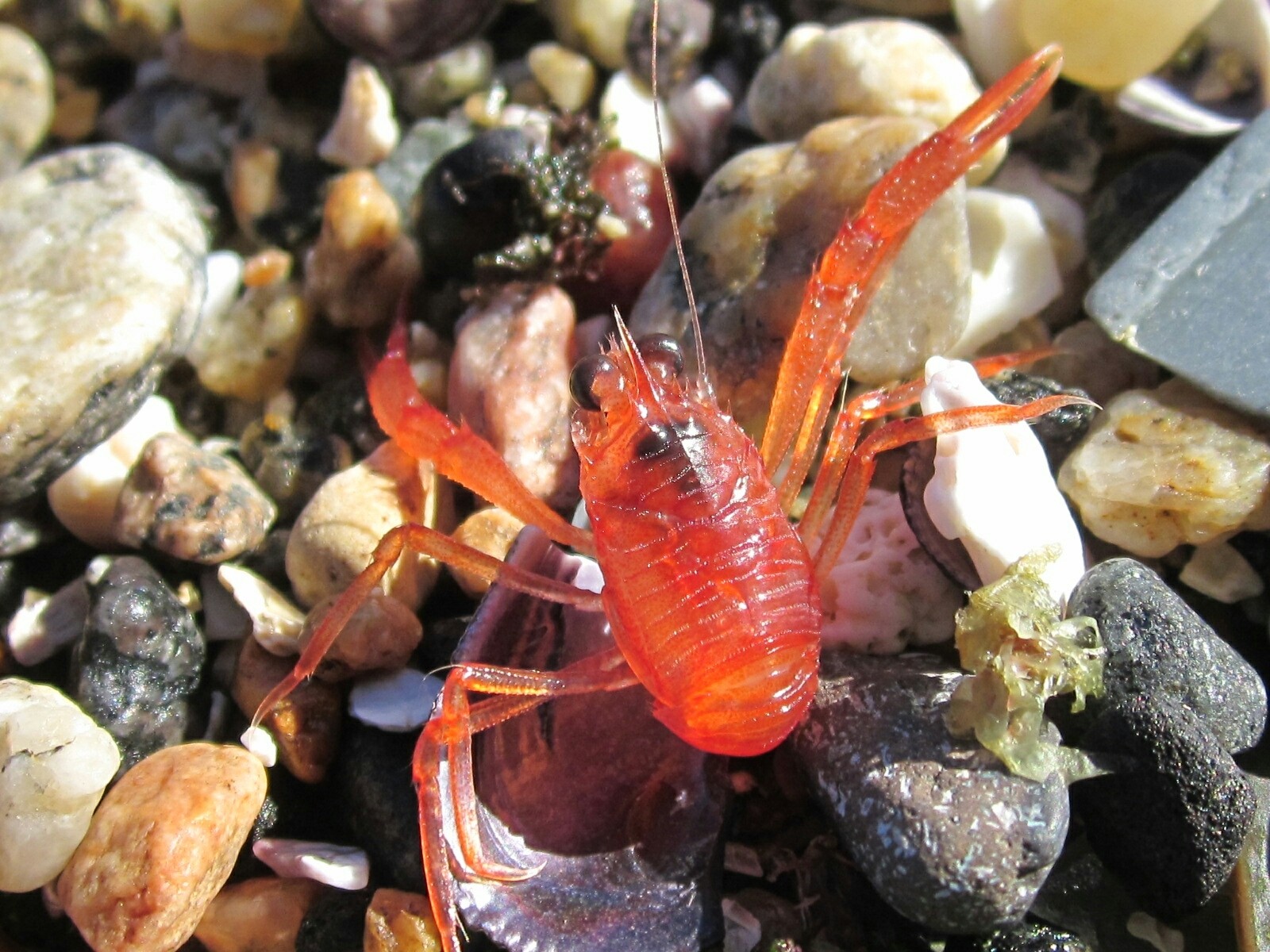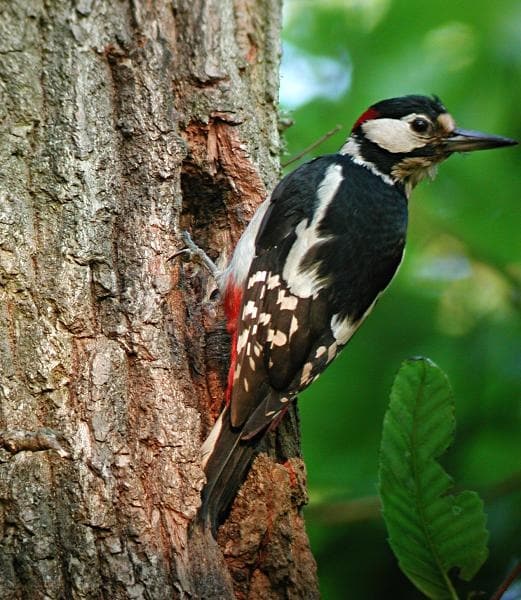Kestrel vs Merlin: A Complete Comparison
When comparing Kestrel vs Merlin, these small falcons showcase distinctly different hunting strategies and physical adaptations. The Common Kestrel (Falco tinnunculus) specializes in hover-hunting and primarily targets rodents, while the more aggressive Merlin (Falco columbarius) is a swift pursuer of small birds. Despite both being compact raptors, Merlins typically weigh 190-280g (6.7-9.9oz), slightly heavier than Kestrels at 150-250g (5.3-8.8oz).
These fascinating falcons represent nature’s perfect example of how similar species can evolve different hunting niches. While Kestrels are masters of stationary flight, capable of maintaining a perfect hover in winds up to 30mph, Merlins are built for speed and agility, reaching impressive hunting speeds of up to 30 mph (48 km/h).
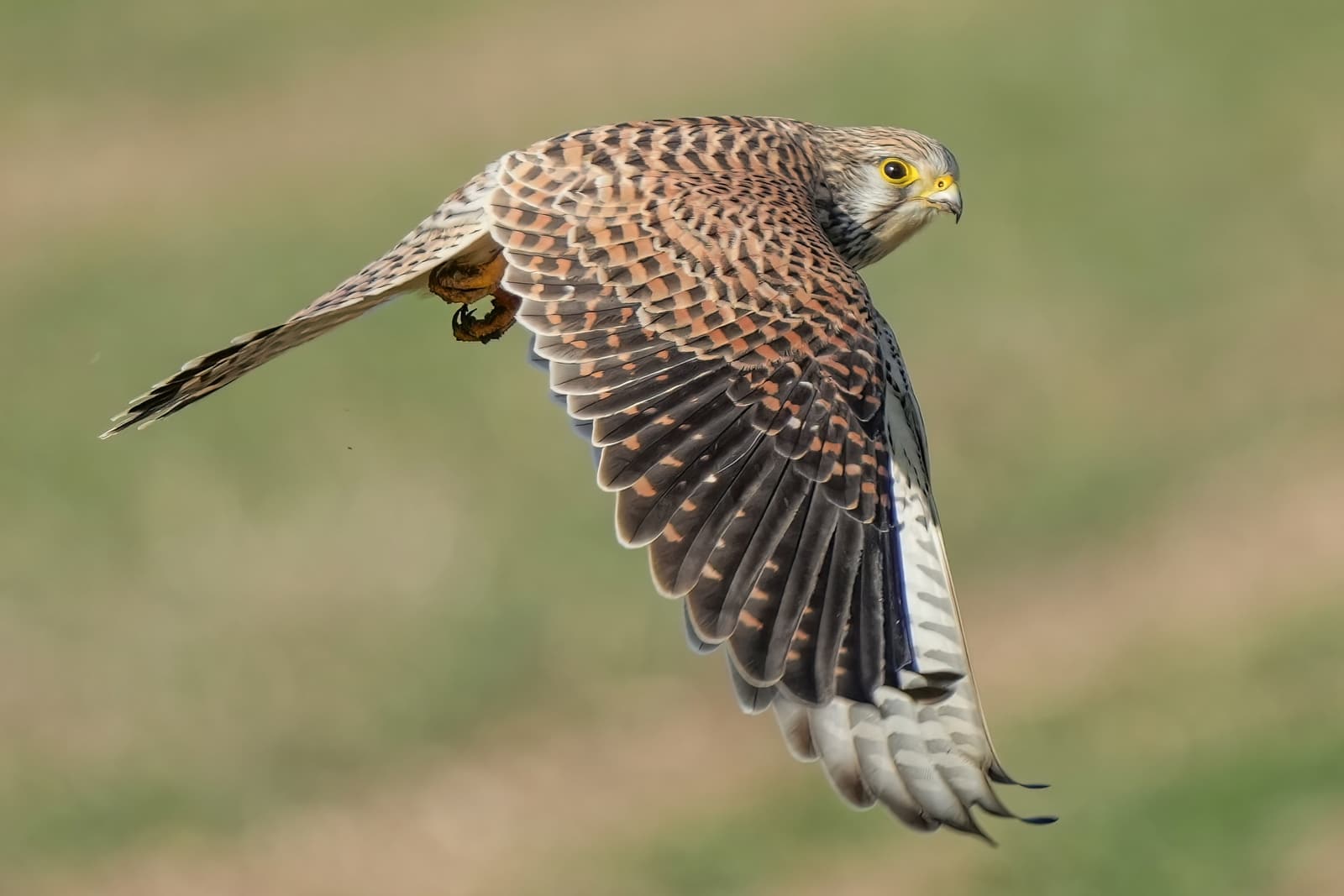
© Giles Laurent / CC BY-SA 4.0
The Common Kestrel demonstrates its signature hovering technique, a hunting strategy that sets it apart from the Merlin. Note the distinctive rusty-colored plumage and specialized wing positioning that enables its remarkable stationary flight capability.

© lwolfartist / CC BY 2.0
A Merlin displays its characteristic vigilant posture while scanning for prey. The compact, muscular build and shorter wings compared to the Kestrel reflect its adaptation for high-speed pursuit hunting.
Key Differences: Kestrel vs Merlin
| Feature | Kestrel | Merlin |
|---|---|---|
| Size | 32-39cm (13-15in) wingspan | 50-62cm (20-24in) wingspan |
| Weight | 150-250g (5.3-8.8oz) | 190-280g (6.7-9.9oz) |
| Hunting Style | Hover-hunting, stationary flight | Direct pursuit, ambush tactics |
| Primary Prey | Rodents, large insects | Small birds, particularly songbirds |
| Habitat | Open countryside, farmland | Woodland edges, coastal areas |
| Flight Pattern | Frequent hovering, slower flight | Fast, agile, direct flight |
Hunting Techniques and Behavior
The Kestrel’s hunting strategy revolves around its remarkable ability to hover in place, scanning the ground below for movement. Using specialized adaptations in wing structure and tail control, Kestrels can maintain a stationary position even in strong winds, making them highly effective at spotting small prey from above.
Merlins, conversely, employ a more dynamic hunting approach. These compact predators rely on surprise and speed, often using landscape features for cover before launching rapid attacks on unsuspecting birds. Their shorter wings and more muscular build enable quick acceleration and tight maneuverability through complex environments.
Habitat and Distribution
While both species can be found across similar ranges, they typically occupy different ecological niches:
-
Kestrels prefer:
- Open grasslands
- Agricultural areas
- Urban environments
- Areas with abundant perch sites
-
Merlins favor:
- Woodland edges
- Coastal regions
- Tundra (during breeding)
- Areas with high songbird populations
Who Would Win in a Confrontation?
While direct confrontations between Kestrels and Merlins are rare in nature, Merlins generally hold the advantage in aggressive encounters. Their greater weight, more powerful flight muscles, and experience in bird-to-bird pursuit make them naturally more equipped for aerial combat. However, these species typically avoid direct competition by hunting different prey and utilizing distinct hunting strategies.
Conservation Status and Threats
Both species face similar conservation challenges in the modern world:
- Habitat loss due to urbanization
- Agricultural intensification
- Pesticide use affecting prey populations
- Climate change impacts on breeding success
Conservation efforts focus on maintaining suitable hunting territories and protecting nesting sites for both species, with particular attention to preserving the open spaces needed by Kestrels and the woodland edges crucial for Merlins.
Identification Tips for Birdwatchers
To distinguish between these similar-sized falcons, observe:
- Flight pattern: Kestrels hover frequently, while Merlins maintain direct, purposeful flight
- Wing shape: Kestrels show longer, more pointed wings; Merlins have shorter, broader wings
- Hunting behavior: Kestrels watch the ground, Merlins pursue other birds
- Perching habits: Kestrels often choose exposed perches, while Merlins prefer concealed positions
Understanding these distinctions helps wildlife enthusiasts appreciate the unique adaptations and ecological roles of these remarkable birds of prey.


